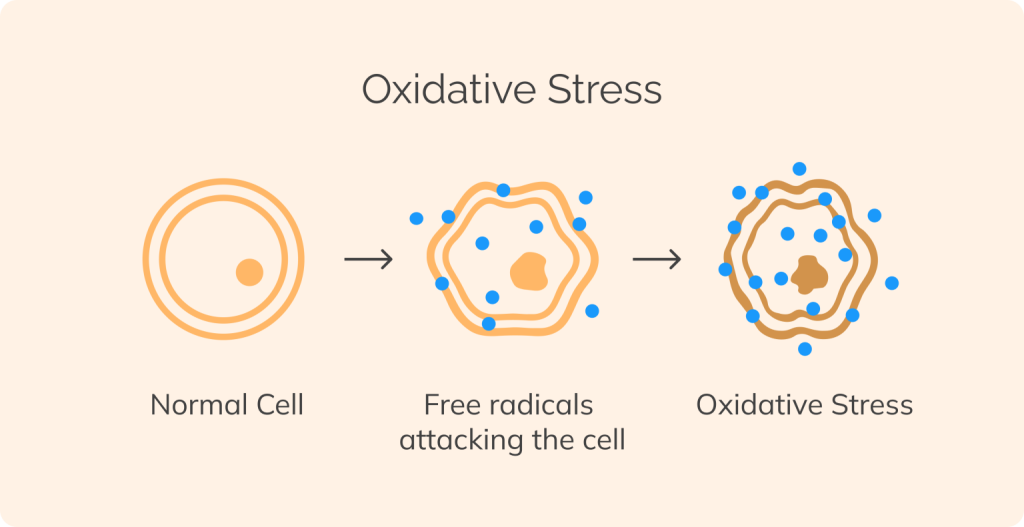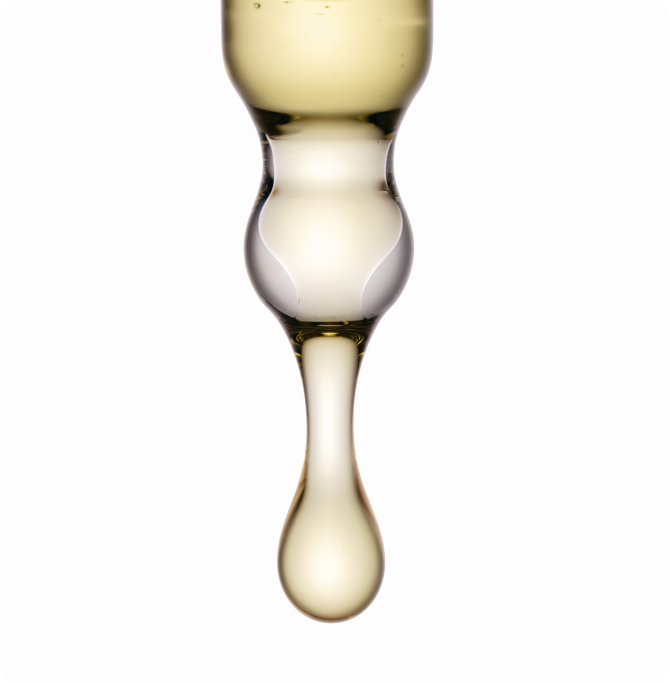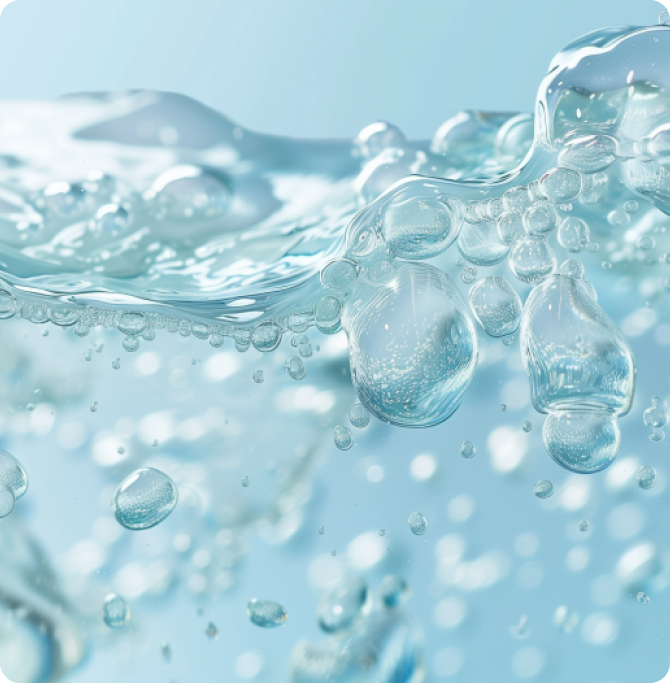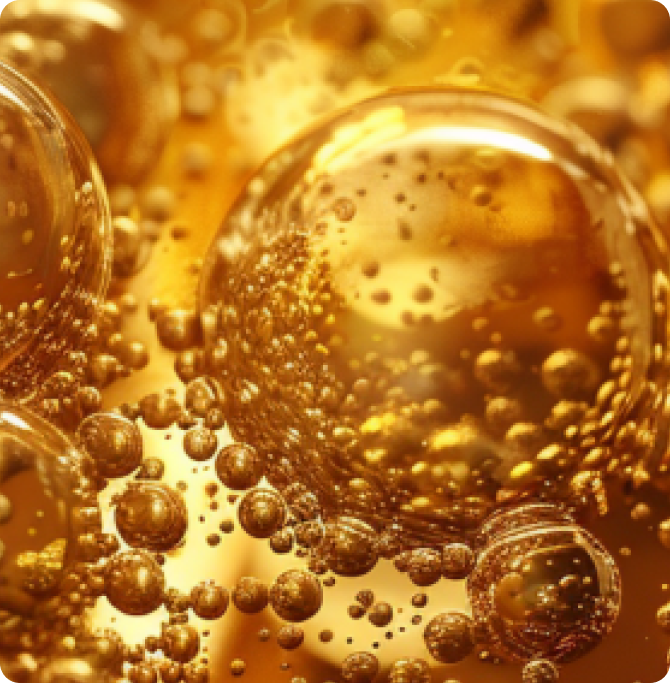The Link Between Diet and Hormonal Acne
While acne forms from clogged pores that are filled with dead skin cells, oil and bacteria[1], that’s not the only underlying cause of acne. Many other factors contribute to hormonal acne breakouts. A common culprit is food. Another is hormones, particularly if you’re asking yourself, “how do I know if my acne is hormonal?”. While the role food plays in an acne breakout is not entirely clear, the role hormones play is clear. Unbalanced hormones can cause and worsen the symptoms of many types of acne[2]. Eating certain foods can cause our body’s hormone levels to change, and in turn, increase or decrease the amount of oil that our bodies produce. Understanding which foods work best with your body can help you better balance your hormone levels resulting in improved acne symptoms and the prevention of breakouts. Read on to learn how a hormonal acne diet, along with efficacious acne treatment products, can help you combat your skin problems.
How Diet Affects Your Skin
Your diet plays a crucial role in your skin’s health. Certain foods can cause your hormone levels to fluctuate, leading to increased oil production and clogged pores. This is particularly true for those dealing with hormonal acne, a type often triggered by hormonal imbalances. Understanding the connection between diet and skin health can help you make informed choices that promote a clearer complexion.
Hormonal Acne and Food Triggers
Hormonal acne, also known as acne vulgaris, is often exacerbated by foods that spike blood sugar and insulin levels. High-glycemic foods, dairy products, and processed foods can trigger hormonal fluctuations, leading to breakouts. Conversely, a diet rich in anti-inflammatory foods can help with hormonal balance and reduce acne severity.
Foods That Help Prevent Hormonal Acne
If you’re prone to hormonal breakouts, then you might want to study up on how to reduce acne with a healthy diet and which acne remedies will work best for you. Below, we’ve outlined specific foods that should be included in what we consider the best diet for hormonal acne— a diet that can help balance your hormones and help prevent this type of acne altogether.
Foods Rich in Omega-3 Fatty Acids
If you suffer from dry skin, oily skin or anything in-between, then healthy fat might be the answer you’ve been searching for. Healthy fats like Omega-6 and Omega-3 Fatty Acids are the building blocks of your skin’s cell membranes [1]. These fats help maintain healthy and hydrated skin, while also adding a softness to your complexion. Incorporate more healthy fats into your diet by sauteing your dishes in coconut oil, adding more avocados to your weekly menu, or incorporating wild-caught salmon into your next dinner recipe. Foods like flaxseeds and walnuts are excellent sources of omega-3 fatty acids and can help reduce the severity of acne lesions.
Cruciferous Vegetables
Looking for how to prevent pimples and balance out your estrogen levels? A plant-based diet consisting of leafy green vegetables like kale, arugula, and broccoli may do this trick! Rich in nutrients, these veggies are fantastic for your skin! Their sulfur-containing compounds work with your body to help clear up your complexion [2] and detox your skin of any gunk that may be causing clogged pores.
Anti-Inflammatory Foods
Anti-inflammatory foods such as berries, leafy greens, and nuts can help reduce inflammation in the body, which is a key factor in acne development. These foods are rich in antioxidants that combat oxidative stress and support healthy skin.
Probiotics
Establishing healthy habits, such as eating probiotics, is essential in maintaining good skincare. The good bacteria found in probiotic-rich foods like kombucha helps your digestive system eliminate toxins and excess hormones in the body [3]. Adding probiotics to your diet is easy! We recommend starting with fermented foods like sauerkraut, kimchi and kombucha. If fermented veggies don’t match well with your taste buds, don’t worry. There are plenty of over-the-counter probiotic supplements you can incorporate into your daily routine.
Antioxidant-Rich Foods
Antioxidant-rich foods such as colorful fruits and vegetables, green tea and dark chocolate can protect your skin from damage and reduce inflammation. These foods help neutralize free radicals and support skin repair, contributing to a clearer complexion.
Foods to Avoid for Hormonal Acne
Dairy
The first step in a hormonal acne diet is to identify foods that you may have a sensitivity to. Dairy is a common culprit of food sensitivity. Plus, more and more studies show a link between dairy consumption and acne breakouts[3]. Even if you don’t consume milk and cheese daily, the chances are that you’re still consuming some dairy. Many processed foods contain dairy. If you are aiming for a dairy-free diet, be sure to check food packaging labels for an allergen statement. This will tell you if milk, butter or cheese is an ingredient.
Another easy way to achieve a dairy-free diet is by swapping regular cow’s milk for plant-based milk products. Many dairy-based products can easily be made from alternate sources like cashews, almonds, coconut, soy and even peas. Not only are these milk alternatives loaded with nutrients, but they taste great, too!
High Glycemic Foods
Foods high on the glycemic index like pasta, sugary drinks and white bread may also fuel the production of acne on your skin. However, foods with low glycemic indexes like kale and whole grains have been shown to improve acne[4]. When searching for foods to help prevent acne, we suggest adding foods like quinoa, barley, spinach and lentils to your diet. You’ll feel better and your skin might begin to clear up, too.
Fast Foods
It’s no surprise that fast food is on the list of acne-triggering foods. Fast foods are often saturated in unhealthy oils and contain dairy-based, processed foods that are known to contribute to acne. By steering clear of fast foods and indulging in more homemade meals, you can help your body prevent acne from the inside out. Plus, making more meals at home means you get to choose the ingredients you consume. Choosing foods that contain healthy fats, probiotics and plenty of nutrients will not only help clear up current acne, but can also help your body prevent future breakouts by balancing your hormone levels.
Processed Foods and Sugars
Processed foods and sugary treats are bad for your waistline and your skin. They can cause inflammation and increase the likelihood of acne breakouts. Reducing your intake of processed foods and opting for natural, whole foods can help improve your skin health.
Tips for a Hormonal Acne-Friendly Diet
Adopting a hormonal acne-friendly diet involves more than just choosing the right foods. Here are some practical tips to help you get started.
Meal Planning and Preparation
Planning your meals ahead of time can help you make healthier choices and avoid impulsive eating. Preparing balanced meals that include a variety of nutrients will ensure your skin gets the support it needs.
Staying Hydrated
Hydration is key for healthy skin. Drinking plenty of water helps flush out toxins and keeps your skin hydrated. Aim for at least eight glasses of water a day to support your skin health.
Supplements for Skin Health
Supplements can be a helpful addition to your diet. Vitamins such as vitamin A, vitamin D, and omega-3 supplements can support skin health and help manage hormonal acne. Always consult with a healthcare professional before starting any new supplement regimen.
Aiding the Hormonal Acne Diet with Treatment
While dietary changes can significantly impact hormonal acne, they are most effective when combined with a comprehensive hormonal acne skincare routine. Here are some additional steps and recommended products to support your skin:
- Daily Cleansing Routine: Keeping your skin clean is crucial in managing acne. Start your day with the EradiKate® 3% Sulfur Daily Cleanser. The 3% sulfur serves as an anti-microbial and anti-inflammatory, which helps address bacteria that can cause perioral dermatitis, breakouts, and sebaceous filaments. For an evening cleanse, use the Goat Milk Cleanser. This gentle yet effective cleanser hydrates and soothes the skin, making it ideal for removing makeup and impurities accumulated throughout the day.
- Morning Moisturization: After cleansing in the morning, apply the Oil Free Moisturizer. This lightweight moisturizer is rich in amino acids, which help to soothe and strengthen the skin barrier. This helps prevent transepidermal water loss, which is what increases dryness, sensitivity, and aging.
- Sun Protection: Protecting your skin from harmful UV rays is essential. Incorporate the Illuminating SPF Drops into your morning routine. These drops provide broad-spectrum protection and a radiant finish, ensuring your skin stays protected and luminous throughout the day.
- Evening Skincare Routine: In the evening, follow your cleansing routine with the Vita C Firming and Brightening Retinol Treatment. This powerful serum combines retinol and vitamin C to boost skin renewal, reduce the appearance of acne scars, and promote an even skin tone. Follow up with the Oil Free Moisturizer to keep your skin hydrated overnight without causing breakouts.
By integrating these products into your daily skincare routine, you can enhance the benefits of your hormonal acne diet and achieve healthy, clear skin. Additionally, getting an adequate amount of sleep and managing stress can further support your skin’s health and overall well-being.
If you follow a strict acne diet plan or have attempted other skincare methods and have not seen results, visit your dermatologist. They may be able to answer questions about a potential hormonal imbalance that is causing your type of acne. For now, we invite you to start incorporating the clean eating tips we’ve shared above to help clear up hormonal acne problems!
________________________________________
Sources
- https://www.ncbi.nlm.nih.gov/pmc/articles/PMC6267444/
- https://healthy.net/2000/12/06/sulfur-2/
- https://perlmanclinic.com/the-benefits-of-probiotics/
- https://www.ncbi.nlm.nih.gov/pmc/articles/PMC6611707/
- https://www.ncbi.nlm.nih.gov/pmc/articles/PMC2585707/
- https://www.ncbi.nlm.nih.gov/pmc/articles/PMC3969667/
- https://www.ncbi.nlm.nih.gov/pmc/articles/PMC6611707/
Source link
















